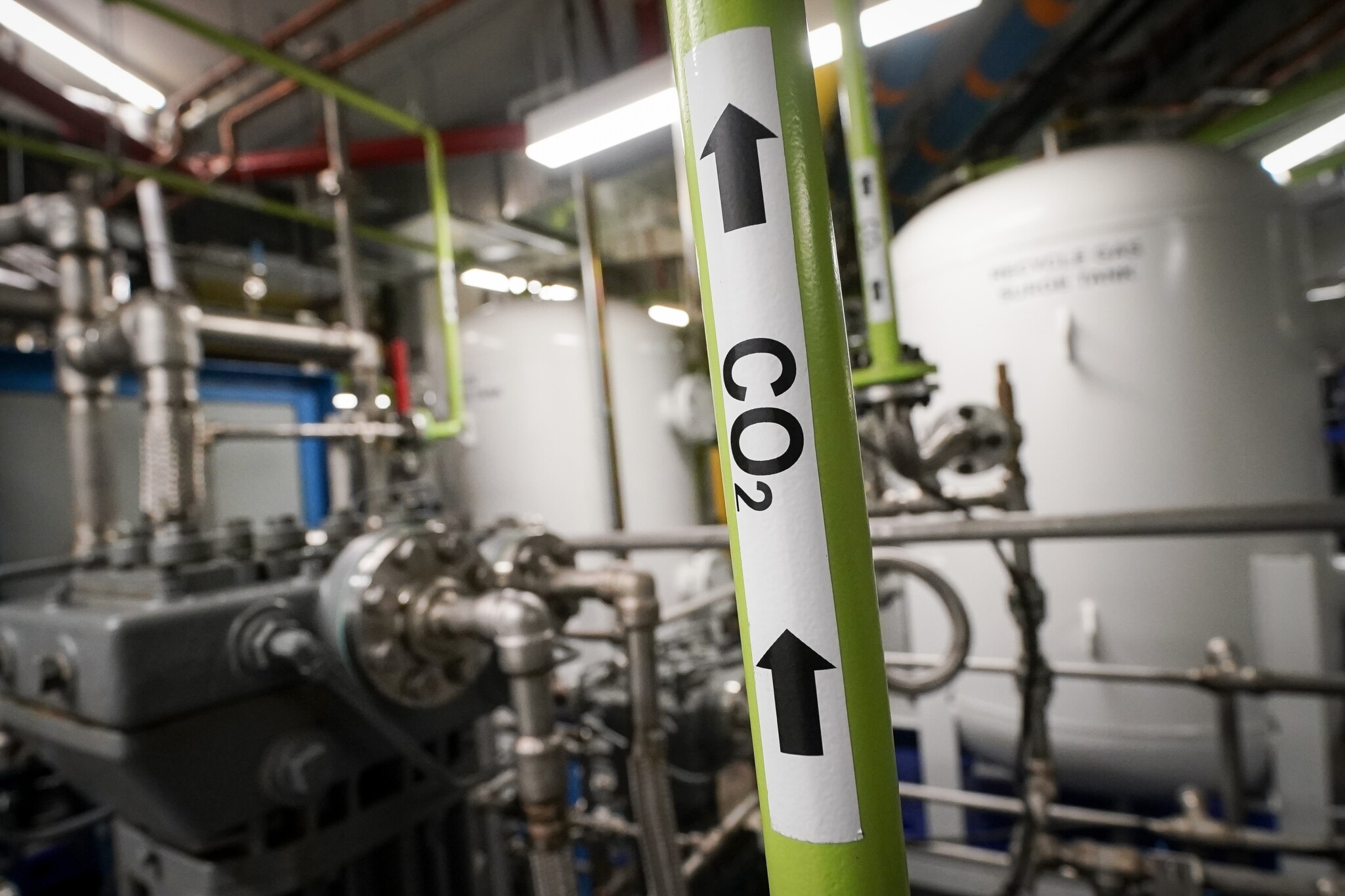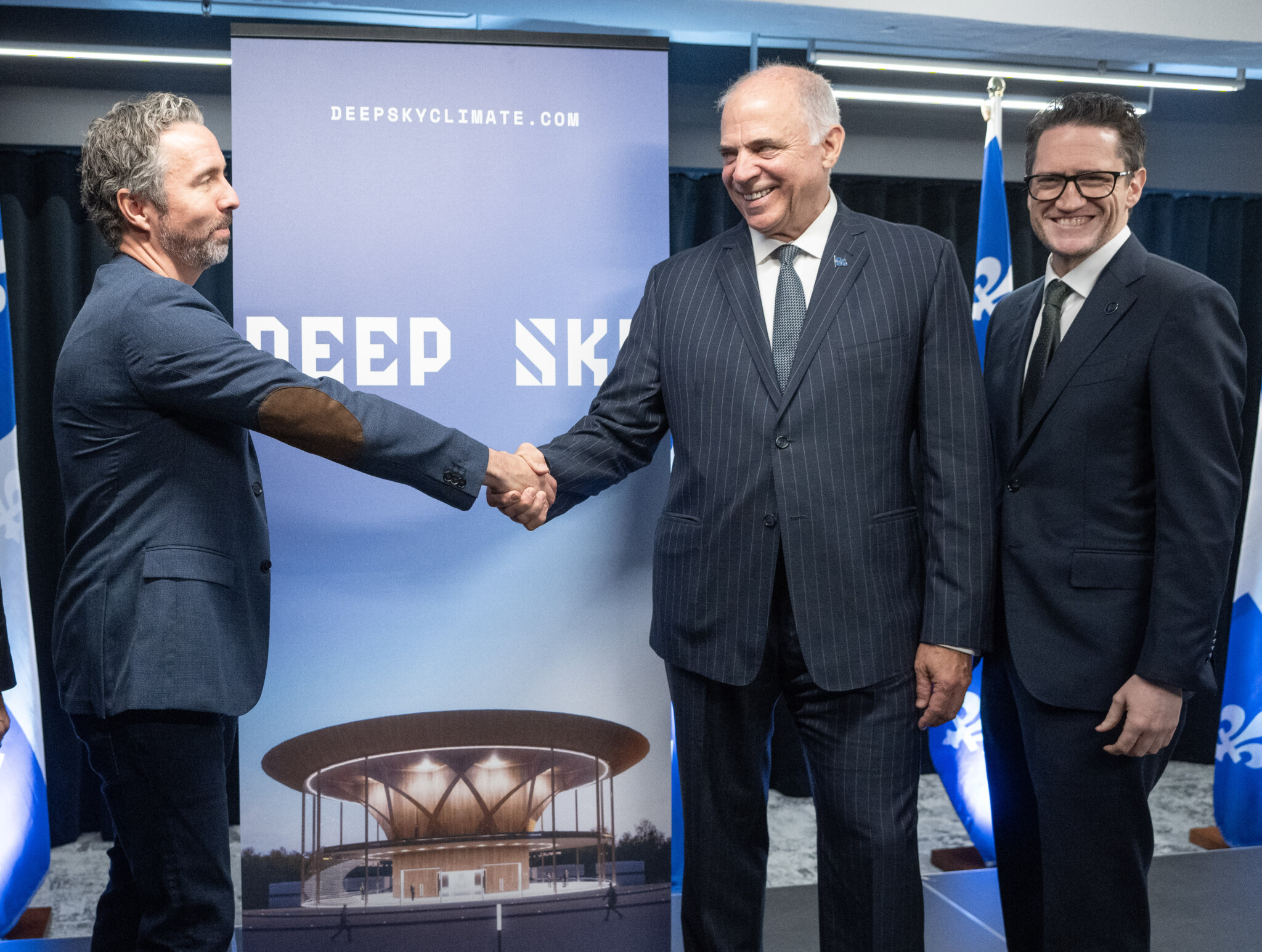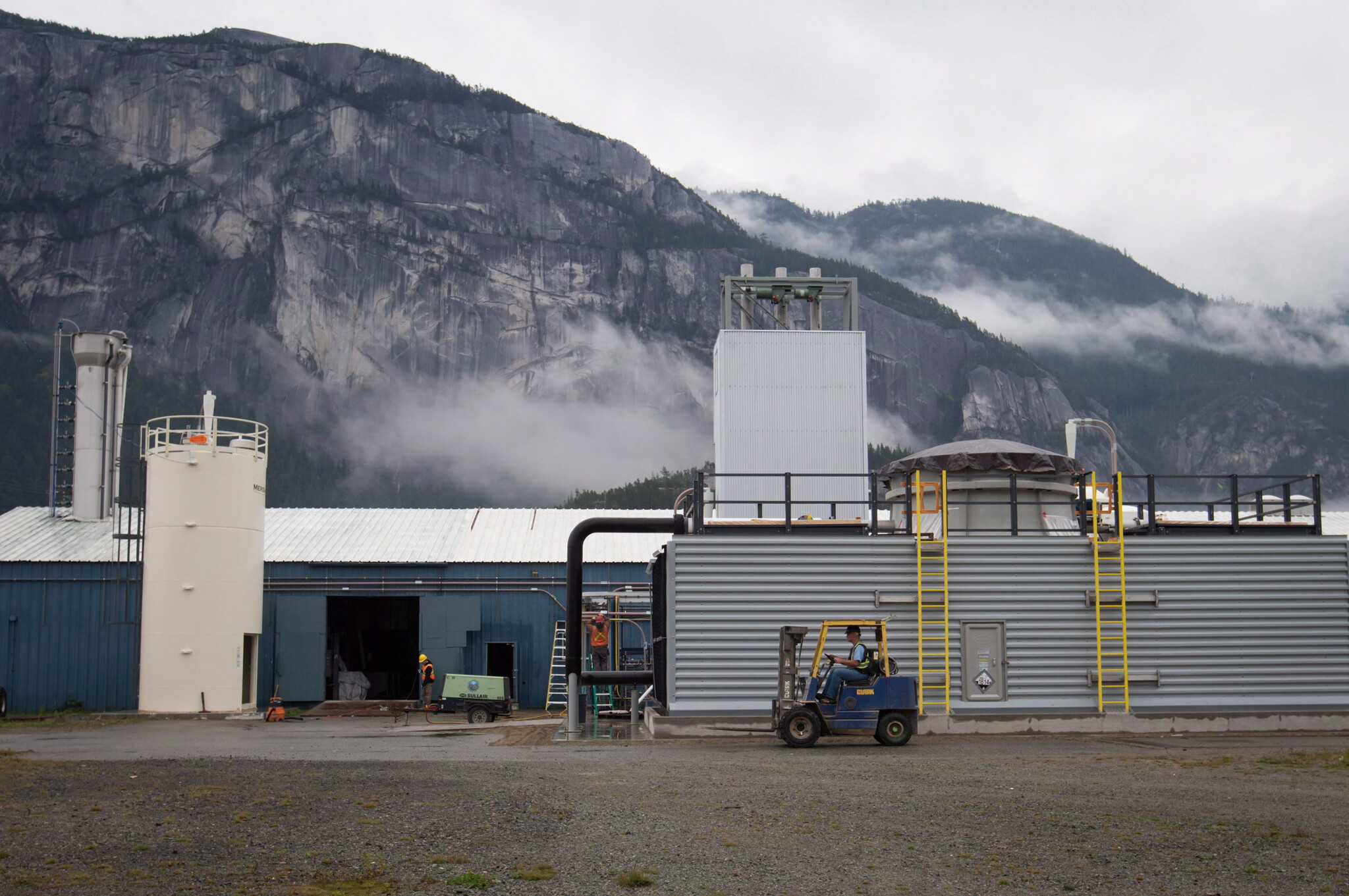We stand at a pivotal juncture in history. Canada is presented with an economically prosperous, climate-driven, unique technological solution, and it would be remiss to not maximize its potential. The weight of our collective inaction on climate is coming to a head. Carbon dioxide removals will not only address climate targets, but provide Canada billions of dollars of investment.
Over the past three decades, Canada has consistently missed its greenhouse gas reduction targets. These persistent oversights have come at a grave cost. Oxford Economics has projected that the wildfires of 2023 alone could detract between 0.3 and 0.6 percentage points from Canada’s economic growth this quarter.
The Canadian Climate Institute’s recent analysis paints an even bleaker picture, predicting climate-induced costs soaring to $25 billion Canadian dollars by 2025, eroding Canada’s already slow economic growth. This drastic data makes it clear that the emissions reduction agreements of the past are no longer sufficient. In order for humans to survive on this planet, we now need to aim to become carbon negative.
In adversity lies opportunity. Carbon Dioxide Removals (CDR), arguably the most powerful tool in our environmental arsenal, offer not only the chance to reverse the damage caused by climate change, but ensure we can support an economic growth agenda. CDR is a technology-first approach to addressing climate change—and we have all the tools to make it happen.
By drawing carbon from the atmosphere and oceans and encouraging the technological development and investment required to scale it, the path to a prosperous carbon-negative future can become a reality. Canada has all the right ingredients to be a global leader in CDR. We have access to renewable energy (and the room to build lots more), best-in-the-world CO2 storage reservoirs, and some of the best talent globally within our oil and gas sector.
This is why Canada must take a leadership role in the fight against climate change while becoming a global economic powerhouse producing high quality carbon removal credits.
Making Canada a World Superpower in CDR
1. Set an ambitious Carbon Dioxide Removal agenda
Canada is working from a position of strength. Outside the United States, no other country has made a strategic bet on the carbon removal industry. Currently, the federal government largely lumps its approach on CDR with other CCUS (CO2 Capture, Utilization and Storage) policy measures, as part of its national Carbon Management Strategy. But, carbon removal is different from carbon capture. The problem it solves for is different (emissions reduction vs. net removals); the technology used is different; the supply chain is different, as are some of the energy challenges.
Canada needs to think about CDR in the same way it is approaching AI, critical minerals and EVs. This is a once in a generation economic opportunity that can only be achieved if we’re strategic about building a policy agenda that actively removes barriers and enhances investment.
2. Improve the CO2 Capture, Utilization and Storage Investment Tax Credit
This past June, the Canadian government finalized its investment tax credit for capital invested in CCUS projects, with the goal of reducing emissions by at least 15 megatonnes of CO2 annually.
But there are three challenges with the CCUS investment tax credit as it is currently structured.
First, it does not recognize new and effective methods for storing CO2. Today, the only way a company can store CO2, if they want to receive the CCUS tax credit, is through dedicated geologic storage (ie. deep saline aquifers) or within concrete.
Canada has the potential to exponentially increase its storage capacity for CO2 by also making in-situ mineralization an eligible storage method. “In-situ mineralization” is a process where C02 is injected into underground CO2 -reactive rocks, converted into stone, and safely storing it permanently. There is significant untapped potential for this storage mainly across Quebec, Ontario, Manitoba, and B.C.
Second, the CCUS tax credit only applies to a single method for carbon removals: Direct Air Capture. (DAC). DAC is important and certainly top of mind to governments around the world as highlighted through the $3.5 billion dollars being invested by the United States in DAC Hubs through the Inflation Reduction Act. There are also promising developments in something called direct ocean capture, where you remove CO2 from the ocean. This is exciting because oceans have higher concentrations of CO2 than air, potentially making this a more efficient way to remove CO2 from our atmosphere.
Finally, at least for the emerging carbon removal sector, the 60 percent ITC should be extended to 2035, at a minimum. The investment tax credit covers all sorts of carbon capture technology, including point-source capture (for example capturing from a chimney). These technologies have been around for decades and are operating at scale. The federal government’s one-size-fits-all timeline for the scale-back of the CCUS ITC does not reflect the fact that CDR technology still needs a number of years to achieve full scale deployment. Canada should extend their tax credit for CDR technology.

A liquid carbon dioxide pipe is labeled in a production room of The Grand Tier luxury apartment building, where the carbon byproduct of a natural gas fired water boiler is repurposed for industrial sale, Tuesday, April 18, 2023, in New York. New York is forcing buildings to clean up, and several are experimenting with capturing carbon dioxide, cooling it into a liquid and mixing it into concrete where it turns into a mineral. (John Minchillo/AP Photo)
3. Accelerate Carbon removal finance
Flow-through Shares for carbon removal projects
Flow-through shares (FTS) serve as a crucial financial mechanism, particularly in sectors with significant upfront expenditures and longer timelines for revenue realization, such as the resource sector. By allowing corporations to “flow through” their tax deductions to investors, FTS offer an incentive for investment in projects that might otherwise be deemed too risky or long-term. They should be made available to our industry.
Green bonds for carbon removals
Green bonds are a type of fixed-income instrument dedicated specifically to raising money for climate and environmental projects. These bonds work like traditional bonds, but the funds raised are exclusively applied towards green initiatives, such as renewable energy, pollution control, or sustainable agriculture.
To support the nascent carbon capture and sequestration industry, the federal government should materially step up its issuance of green bonds. It should also recognize carbon removal like direct air capture formally within green bond definitions. Proceeds should go to funding initiatives in the carbon removal sector and the purchase of carbon credits on behalf of the government of Canada.
Government purchase of carbon credits
Carbon offset credits represent a tangible commitment to mitigating the effects of greenhouse gas emissions. For Canada, the strategic acquisition of carbon offset credits could serve as a linchpin, enabling the country to realize its goal of net-zero emissions by 2050, while stimulating economic growth in the green sector.

Deep Sky chief executive Fred Lalonde, left, shakes hands with Quebec Economic Development Minister Pierre Fitzgibbon as Environment Minister Benoit Charette, right, looks on after announcing initiatives to combat climate change during a news conference Thursday, November 16, 2023 in Montreal. Ryan Remiorz/ The Canadian Press
Supporting a real growth agenda
As we continue to feel the consequences of climate change, the need to seriously address and reverse it grows. Canada, in particular, has arrived at a crossroads. Past failures in achieving greenhouse gas reduction targets have exposed the nation to both environmental and economic vulnerabilities. However, moments of great challenge can usher in periods of unmatched innovation and change. The time for Canada to seize the opportunity and become the global hub in the fight to reverse climate change is now.
A multifaceted approach is essential to adapt to a shifting climate narrative and develop an industry that will help drive the world towards a carbon-negative future. Carbon capture is no longer a futuristic concept; it is a necessity, holding the promise of not only reversing climate change damage but heralding in a new, green economic boom.
These recommendations are concrete steps towards realizing this vision. By adopting these measures, Canada can reduce its carbon footprint, invigorate its economy, and become the global green benchmark.
This is more than just a set of policies; it’s a vision for Canada’s future—one that is economically robust and environmentally sound. As the world watches and waits, Canada has the tools, resources, and moral imperative to lead by example and pave the way towards a carbon-negative future. The time to act is now. The potential rewards— for Canada and the world are profound.
This article was made possible by Deep Sky and the generosity of readers like you. Donate today.







